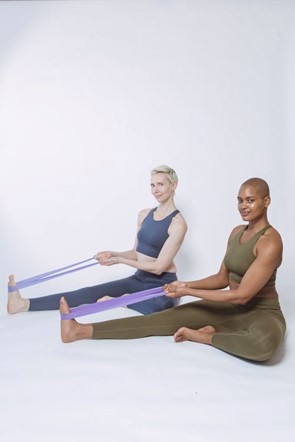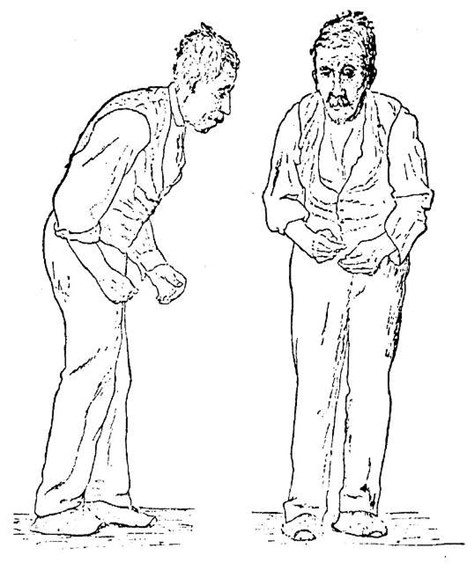Don’t Let the Cold Stop You! Pro Tips for Safe Outdoor Workouts
As the temperature drops, it’s tempting to retreat indoors for your workouts. But cold weather doesn’t have to put your fitness routine on hold! Exercising outdoors in winter offers unique benefits, such as increased calorie burn and a refreshing change of scenery. However, safety is key to staying healthy and injury-free. Here are some expert tips to help you enjoy your winter workouts while staying warm and protected.
- Dress in Layers
Layering is essential to regulating body temperature during cold-weather exercise. Follow this three-layer system:
- Base Layer: A moisture-wicking fabric (like polyester or merino wool) to keep sweat off your skin.
- Middle Layer: Insulating materials (such as fleece or down) to retain body heat.
- Outer Layer: A windproof and waterproof jacket to protect against snow, rain, and wind.
Avoid cotton, as it retains moisture and can make you feel colder.
- Protect Your Extremities
Your fingers, toes, and ears are more prone to frostbite due to reduced circulation in cold temperatures. Keep them warm with:
- Thermal gloves or mittens (mittens retain more heat).
- Thick wool or thermal socks to prevent cold feet.
- A beanie or headband to cover your ears.
- Warm Up Indoors
Start with 5–10 minutes of dynamic stretching and light cardio (like jumping jacks or high knees) indoors before heading out. This helps to:
- Increase blood flow.
- Loosen stiff joints and muscles.
- Reduce the risk of strains and injuries.
- Stay Hydrated
Cold weather can dull your thirst response, but dehydration is still a risk. Drink water before, during, and after your workout to stay properly hydrated. If exercising for over an hour, consider an electrolyte drink to replenish lost minerals.
- Watch Your Step
Winter conditions can make roads and trails icy and slippery. To stay safe:
- Wear shoes with good traction or add grip-enhancing devices to your running shoes.
- Take smaller, controlled steps to prevent falls.
- Stick to well-lit and cleared paths to avoid hidden hazards.
- Breathe Smart
Cold air can irritate the lungs, especially for those with asthma or respiratory issues. Try these techniques:
- Breathe through your nose to warm the air before it enters your lungs.
- Wear a face mask or scarf over your mouth to trap warmth and moisture.
- Know the Warning Signs of Frostbite & Hypothermia
Extreme cold can lead to dangerous conditions. Watch for:
- Frostbite: Numbness, tingling, or white/grayish skin on fingers, toes, or nose.
- Hypothermia: Shivering, confusion, dizziness, and slurred speech.
If you notice these symptoms, seek warmth immediately.
- Adjust Your Workout as Needed
If the temperature or wind chill is dangerously low, consider shortening your outdoor workout or opting for an indoor alternative. Safety always comes first!
To learn more, check out this summary from American Heart Association.
Cold weather doesn’t have to sideline your fitness goals. By dressing appropriately, staying hydrated, and being mindful of safety precautions, you can enjoy outdoor workouts all season long. So, bundle up, step outside, and embrace the crisp winter air!
Integrating supplements from the Asher Longevity Institute into our daily routine is a crucial step towards enhancing our overall well-being. Experience the benefits firsthand by conveniently placing your order here!




